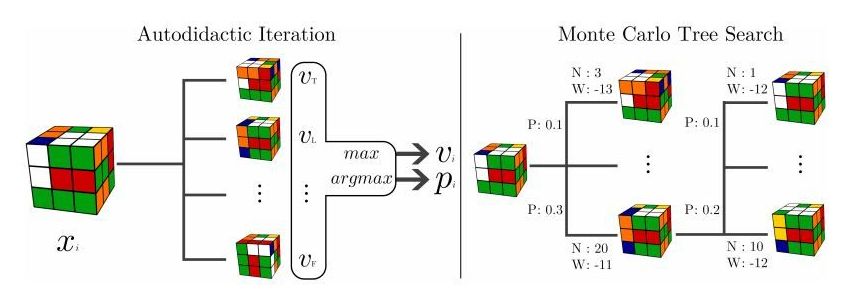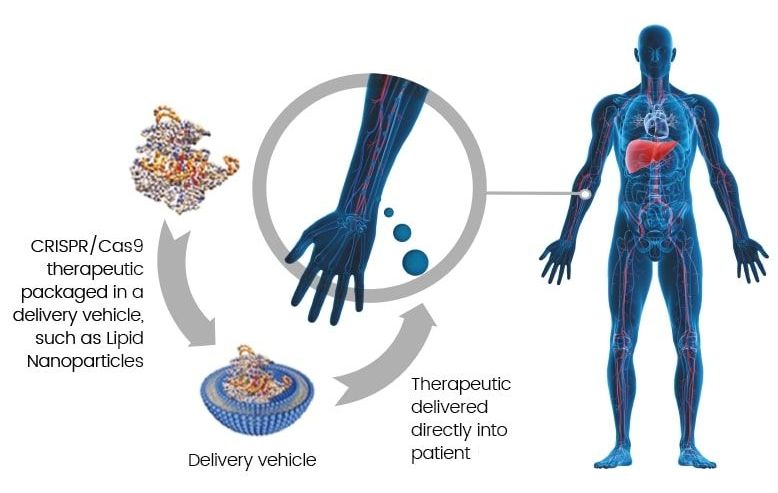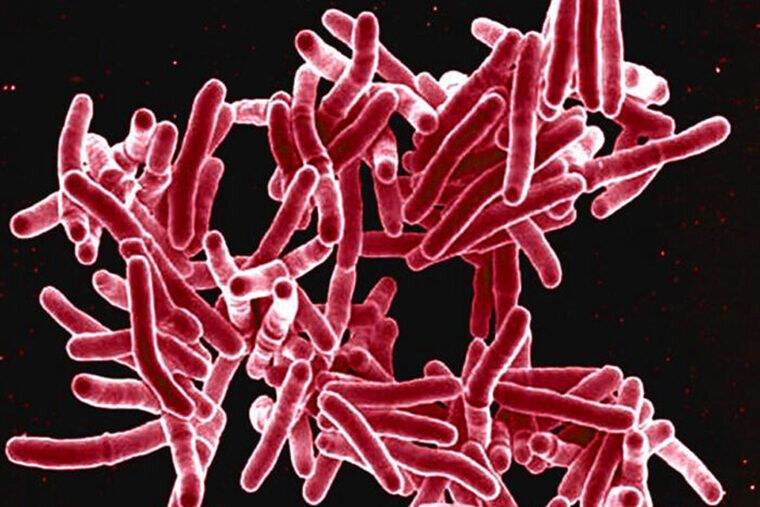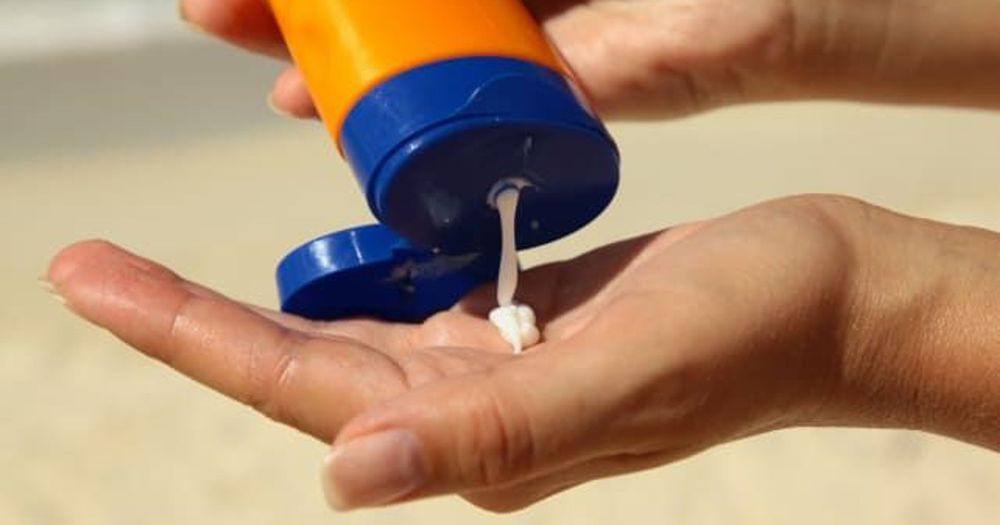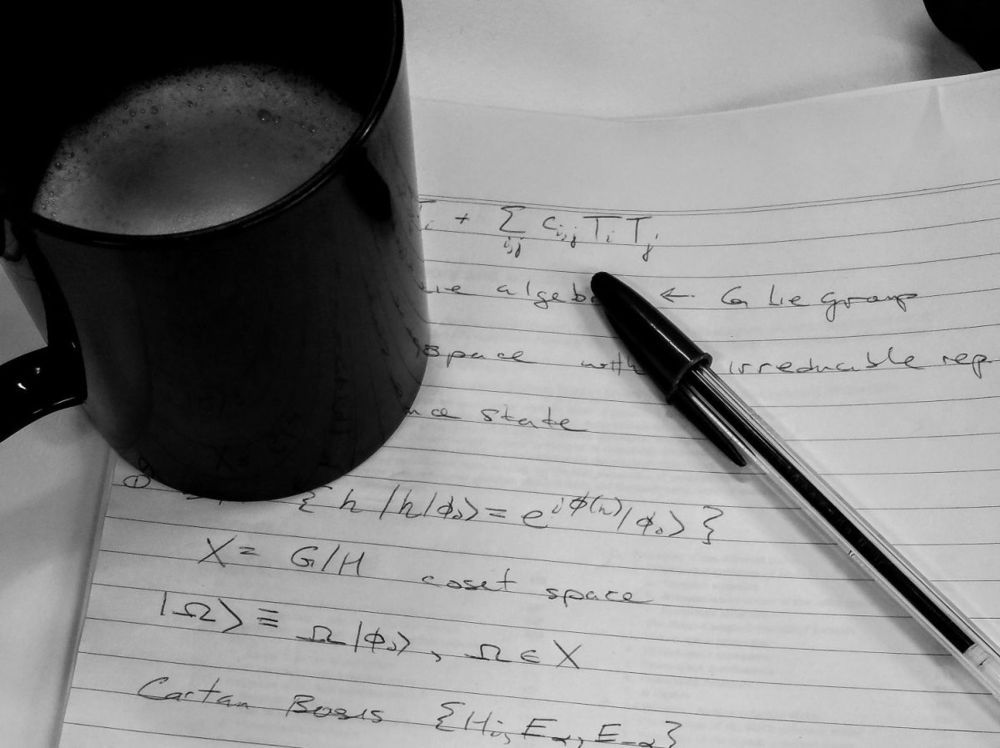Working strategy, by starting at the desired end destination and then looking back, by connecting the dots as they are presented chronologically (in our present) towards the future, a strategic level of thinking now available to machines.
Unlike chess moves, changes to a Rubik’s Cube are hard to evaluate, which is why deep-learning machines haven’t been able to solve the puzzle on their own. Until now.
